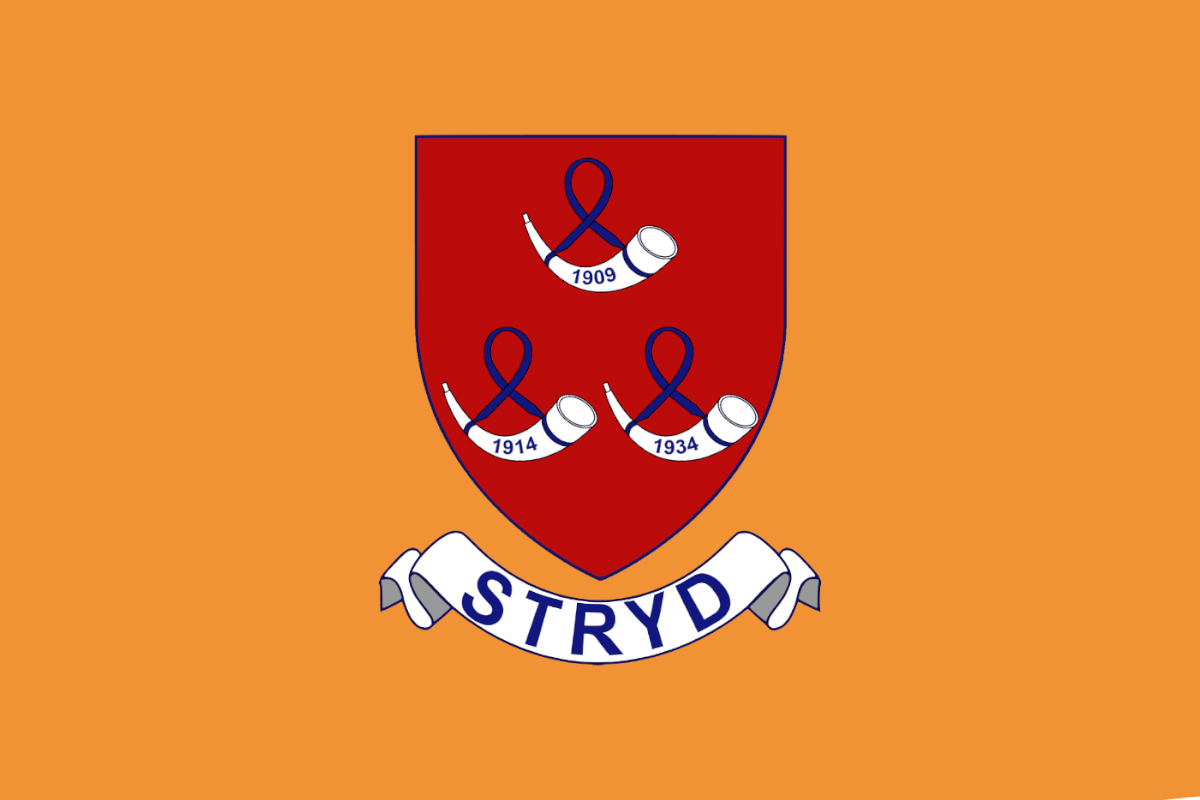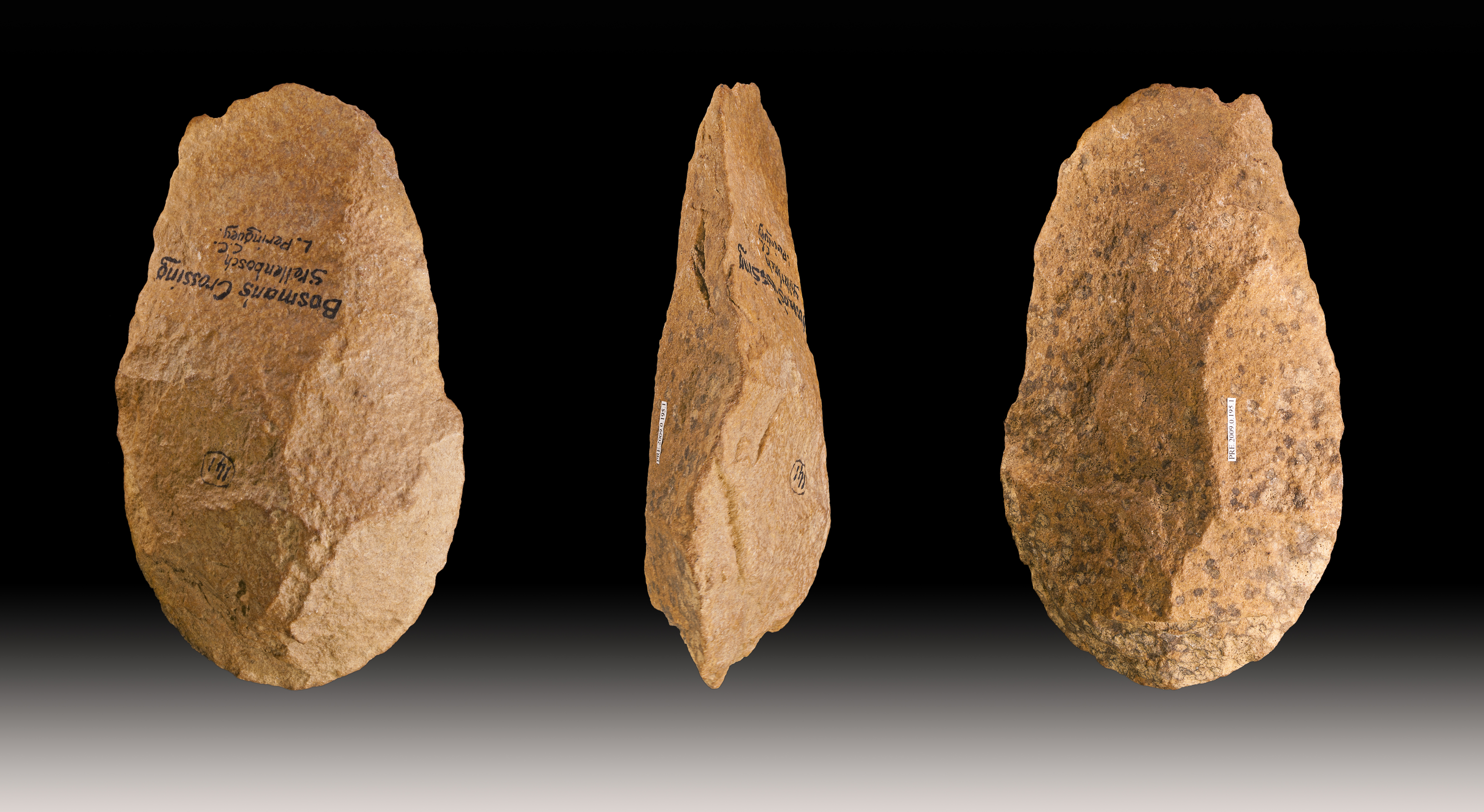|
Albert Hertzog
Johannes Albertus Munnik Hertzog (; 4 July 1899, Bloemfontein – 5 November 1982, Pretoria) was an Afrikaner politician, cabinet minister, and founding leader of the Herstigte Nasionale Party. He was the son of J. B. M. (Barry) Hertzog, a former Prime Minister of the Union of South Africa. Albert Hertzog served as the South African Minister of Health from 1954 to 1958 and as Minister of Post and Telecommunications from 1958 to 1968. As the latter, Hertzog was famous for his refusal to implement television in South Africa. In 1969, after being purged from the National Party for his reactionary and exclusive Afrikaner Nationalist views, Hertzog founded the Herstigte Nasionale Party ("Reconstituted National Party"). The HNP was opposed to what it viewed as the National Party's deviation from its founding principles under Hendrik Verwoerd's successor, John Vorster. Ancestry Early life The son of famed Boer general and later South African Prime Minister Barry Hertzog and ... [...More Info...] [...Related Items...] OR: [Wikipedia] [Google] [Baidu] |
Herstigte Nasionale Party
The Herstigte Nasionale Party (Reconstituted National Party) is a South African political party which was formed as a far-right splinter group of the now defunct National Party in 1969. The party name was commonly abbreviated as HNP, evoking the Herenigde Nasionale Party, although colloquially they were also known as the Herstigtes. The party is, unlike other splinter factions from the National Party, still active but politically irrelevant. History Formation The HNP was formed in 1969 by Albert Hertzog (son of former Prime Minister General JBM Hertzog) in protest against the decision by Prime Minister B.J. Vorster to authorize the presence of Maori players and spectators during the tour of New Zealand rugby union team in South Africa in 1970. He was also against Vorster's re-establishment of diplomatic relations with Malawi and that country's appointment of a Black ambassador to South Africa.Howard Brotz, ''The Politics of South Africa: Democracy and Racial Diversity'', Ox ... [...More Info...] [...Related Items...] OR: [Wikipedia] [Google] [Baidu] |
Afrikaner
Afrikaners () are a South African ethnic group descended from predominantly Dutch settlers first arriving at the Cape of Good Hope in the 17th and 18th centuries.Entry: Cape Colony. ''Encyclopædia Britannica Volume 4 Part 2: Brain to Casting''. Encyclopædia Britannica, Inc. 1933. James Louis Garvin, editor. They traditionally dominated South Africa's politics and commercial agricultural sector prior to 1994. Afrikaans, South Africa's third most widely spoken home language, evolved as the mother tongue of Afrikaners and most Cape Coloureds. It originated from the Dutch vernacular of South Holland, incorporating words brought from the Dutch East Indies (now Indonesia) and Madagascar by slaves. Afrikaners make up approximately 5.2% of the total South African population, based upon the number of White South Africans who speak Afrikaans as a first language in the South African National Census of 2011. The arrival of Portuguese explorer Vasco da Gama at Calicut, India, ... [...More Info...] [...Related Items...] OR: [Wikipedia] [Google] [Baidu] |
Stellenbosch
Stellenbosch (; )A Universal Pronouncing Gazetteer. Thomas Baldwin, 1852. Philadelphia: Lippincott, Grambo & Co.A Grammar of Afrikaans. Bruce C. Donaldson. 1993. Berlin: Walter de Gruyter. is a town in the province of , situated about east of |
Measles
Measles is a highly contagious infectious disease caused by Measles morbillivirus, measles virus. Symptoms usually develop 10–12 days after exposure to an infected person and last 7–10 days. Initial symptoms typically include fever, often greater than , cough, Rhinitis, runny nose, and conjunctivitis, inflamed eyes. Small white spots known as Koplik's spots may form inside the mouth two or three days after the start of symptoms. A red, flat rash which usually starts on the face and then spreads to the rest of the body typically begins three to five days after the start of symptoms. Common complications include diarrhea (in 8% of cases), Otitis media, middle ear infection (7%), and pneumonia (6%). These occur in part due to measles-induced immunosuppression. Less commonly seizures, blindness, or encephalitis, inflammation of the brain may occur. Other names include ''morbilli'', ''rubeola'', ''red measles'', and ''English measles''. Both rubella, also known as ''German measl ... [...More Info...] [...Related Items...] OR: [Wikipedia] [Google] [Baidu] |
Port Elizabeth
Gqeberha (), formerly Port Elizabeth and colloquially often referred to as P.E., is a major seaport and the most populous city in the Eastern Cape province of South Africa. It is the seat of the Nelson Mandela Bay Metropolitan Municipality, South Africa's second-largest metropolitan district by area size. It is the sixth-most populous city in South Africa and is the cultural, economic and financial centre of the Eastern Cape. The city was founded as Port Elizabeth in 1820 by Sir Rufane Donkin, who was the governor of the Cape at the time. He named it after his late wife, Elizabeth, who had died in India. The Donkin memorial in the CBD of the city bears testament to this. Port Elizabeth was established by the government of the Cape Colony when 4,000 British colonists settled in Algoa Bay to strengthen the border region between the Cape Colony and the Xhosa. It is nicknamed "The Friendly City" or "The Windy City". In 2019, the Eastern Cape Geographical Names Committee recomm ... [...More Info...] [...Related Items...] OR: [Wikipedia] [Google] [Baidu] |
Concentration Camp
Internment is the imprisonment of people, commonly in large groups, without charges or intent to file charges. The term is especially used for the confinement "of enemy citizens in wartime or of terrorism suspects". Thus, while it can simply mean imprisonment, it tends to refer to preventive confinement rather than confinement ''after'' having been convicted of some crime. Use of these terms is subject to debate and political sensitivities. The word ''internment'' is also occasionally used to describe a neutral country's practice of detaining belligerent armed forces and equipment on its territory during times of war, under the Hague Convention of 1907. Interned persons may be held in prisons or in facilities known as internment camps (also known as concentration camps). The term ''concentration camp'' originates from the Spanish–Cuban Ten Years' War when Spanish forces detained Cuban civilians in camps in order to more easily combat guerrilla forces. Over the followin ... [...More Info...] [...Related Items...] OR: [Wikipedia] [Google] [Baidu] |
Jagersfontein
Jagersfontein is a small town in the Free State province of South Africa. Origin The original farm on which the town stands was once the property of a Griqua Jacobus Jagers, hence the name Jagersfontein. He sold the farm to C.F. Visser in 1854. Mining Diamond rush A diamond rush started in 1870 after farmer J.J. de Klerk found a 50 carat (10 g) diamond. This was about three years before diamonds were discovered 130 km away at Kimberley. Jagersfontein is known for many great finds, such as: *the 972 carat (194.4 g) Excelsior Diamond of 1893 and *the 637 carat (127.4 g) Reitz Diamond of 1895. Jagersfontein Mine Jagersfontein Mine together with the Koffiefontein mine produced some of the clearest diamonds of all mines in the early 1900s, despite being overshadowed by the mines at Kimberley. Streeter called Jagersfontein's diamonds of the " first water". The Reitz diamond was first named after Francis William Reitz, then state president of the Orange Free Sta ... [...More Info...] [...Related Items...] OR: [Wikipedia] [Google] [Baidu] |
Second Boer War
The Second Boer War ( af, Tweede Vryheidsoorlog, , 11 October 189931 May 1902), also known as the Boer War, the Anglo–Boer War, or the South African War, was a conflict fought between the British Empire and the two Boer Republics (the South African Republic and the Orange Free State) over the Empire's influence in Southern Africa from 1899 to 1902. Following the discovery of gold deposits in the Boer republics, there was a large influx of "foreigners", mostly British from the Cape Colony. They were not permitted to have a vote, and were regarded as "unwelcome visitors", invaders, and they protested to the British authorities in the Cape. Negotiations failed and, in the opening stages of the war, the Boers launched successful attacks against British outposts before being pushed back by imperial reinforcements. Though the British swiftly occupied the Boer republics, numerous Boers refused to accept defeat and engaged in guerrilla warfare. Eventually, British scorched earth po ... [...More Info...] [...Related Items...] OR: [Wikipedia] [Google] [Baidu] |
Boer
Boers ( ; af, Boere ()) are the descendants of the Dutch-speaking Free Burghers of the eastern Cape frontier in Southern Africa during the 17th, 18th, and 19th centuries. From 1652 to 1795, the Dutch East India Company controlled this area, but the United Kingdom incorporated it into the British Empire in 1806. The name of the group is derived from "boer", which means "farmer" in Dutch and Afrikaans. In addition, the term also applied to those who left the Cape Colony during the 19th century to colonise in the Orange Free State, Transvaal (together known as the Boer Republics), and to a lesser extent Natal. They emigrated from the Cape to live beyond the reach of the British colonial administration, with their reasons for doing so primarily being the new Anglophone common law system being introduced into the Cape and the British abolition of slavery in 1833. The term '' Afrikaners'' or ''Afrikaans people'' is generally used in modern-day South Africa for the w ... [...More Info...] [...Related Items...] OR: [Wikipedia] [Google] [Baidu] |
Genealogical Numbering Systems
Several genealogical numbering systems have been widely adopted for presenting family trees and pedigree charts in text format. Among the most popular numbering systems are: Ahnentafel (Sosa-Stradonitz Method), and the Register, NGSQ, Henry, d'Aboville, Meurgey de Tupigny, and de Villiers/Pama Systems . Ascending numbering systems Ahnentafel Ahnentafel, also known as the Eytzinger Method, Sosa Method, and Sosa-Stradonitz Method, allows for the numbering of ancestors beginning with a descendant. This system allows one to derive an ancestor's number without compiling the complete list, and allows one to derive an ancestor's relationship based on their number. The number of a person's father is twice their own number, and the number of a person's mother is twice their own, plus one. For instance, if John Smith is 10, his father is 20, and his mother is 21. In order to readily have the generation stated for a certain person, the Ahnentafel numbering may be preceded by the generation. ... [...More Info...] [...Related Items...] OR: [Wikipedia] [Google] [Baidu] |
Afrikaner Nationalism
Afrikaner nationalism ( af, Afrikanernasionalisme) is a nationalistic political ideology which created by Afrikaners residing in Southern Africa during the Victorian era. The ideology was developed in response to the significant events in Afrikaner history such as the Great Trek, the First and Second Boer Wars (and the resulting anti-British sentiment that developed among Afrikaners) and opposition to South Africa's entry into World War I. According to historian T. Dunbar Moodie, Afrikaner nationalism could be described as a civil religion that drew upon the Afrikaner people's history, the defense of the Afrikaans language, decolonisation, republicanism, and Afrikaner Calvinism. A major proponent of the ideology was the ''Broederbond'' secret society and the National Party that ruled the country from 1948 to 1994. Other Afrikaner nationalist organizations were the Federation of Afrikaans Cultural Organisations (Afrikaans: ''Federasie van Afrikaanse Kultuurvereniginge'', F ... [...More Info...] [...Related Items...] OR: [Wikipedia] [Google] [Baidu] |
Television In South Africa
Television in South Africa was introduced in 1976. South Africa was relatively late in introducing television broadcasting to its population. History Opposition to introduction The first proposal to introduce television in South Africa was made by The Rank Organisation in 1953, but this was rejected by the National Party government.South Africa Enters the Electronic Age: The Decision to Introduce Television Edward C. Corrigan, ''Africa Today'', Vol. 21, No. 2 (Spring, 1974), page 15 Even though the state-controlled (SABC) had a virtual monopoly on |






